Welcome to the Rwabutaza Health & Fitness Club! If you are not a member, you can register as a member now by clicking on the Register button above.
Our Mission and Vision
The Rwabutaza Health & Fitness Club is a health, fitness and wellness club whose mission is to help people live healthy, active and productive lives through healthy living, healthy meal plans and physical fitness workout programs.
We provide healthy meal plans and physical workout programs, as well as conduct health and fitness events that enhance physical health and fitness and overall wellbeing and wellness of an individual. Healthy, fit, active people generally live happier and more productive lives. Make a decision today: Be happier, be more productive.
The five components of physical fitness are body composition, cardiovascular endurance, muscular strength, muscular endurance and flexibility. At our Rwabutaza Health & Fitness Club, at a minimum, we focus on optimizing these five components of physical fitness. The extent to which an individual further advances his or her health and fitness depends on one’s health and fitness goals.
1. Body Composition
In physical health and fitness, body composition is used to describe the percentages of fat, bone, water and muscle in human bodies. Because muscular tissue takes up less space in the body than fat tissue, body composition, as well as weight, determines leanness. Two people of the same gender and body weight may look completely different because they have a different body composition. Healthier body composition is less fat and more muscle mass. Too much body fat can lead to risks like cancer, diabetes, heart disease, and other health problems. At Rwabutaza Health & Fitness Club, we use Body Mass Index (BMI) and Body Fat Percentage (BFP) as metrics for body composition.
BMI doesn’t measure body fat. Doctors use BMI to find out your weight status. There’s a range of healthy to unhealthy BMIs. BMI only tells you the ratio of your weight to your height, however, so it’s not an incredibly accurate tool to know if you’re at a healthy level or not. Typically, a high BMI of more than 30 does indicate obesity. If you have a BMI of over 30, you may have a higher body fat percentage. This could put you at risk for health problems like hypertension (high blood pressure), osteoarthritis, stroke, or type 2 diabetes.
Doctors use BMI to measure your height and weight, and to find if you are underweight, normal weight, overweight, or obese. BMI is associated with body fat percentage but doesn’t give an accurate picture of your body makeup.
BMI is more helpful as a global index for nutrition. When used to help determine if a person is overweight, obese, or has an eating disorder, it can be useful. But if it’s used for body composition, it’s not as accurate or helpful. Therefore, we use BFP, which measures body fat.
The exercises needed to maintain optimal body composition differ from man to woman to child, but the ideal types of fitness remain the same.
The primary exercises needed to improve body composition involve fat burning and cardiovascular exercises.
2. Cardiovascular Endurance

For Cardiovascular Endurance, we do fat burning and cardiovascular exercises. For five times a week from Monday to Friday, we primarily focus on a 1.00 mile run/walk outdoors at a park to beat our individual seasonal and all-time best times. Additionally, we incorporate cardio workout programs at the gym, which involve core workouts (Abdominal), plyometrics, elliptical and stairmaster,
Other exercises we do are cross-training with other sports, such as swimming, biking, playing soccer ⚽️, basketball ? and rollerblading.
If you are not a member of Rwabutaza Health & Fitness Club, we strongly encourage you to come and join us. We would like to welcome you. Your Health is your Wealth, we are fully committed to helping you become a better version of yourself.
3. Muscular Strength
Muscular strength is the ability of a given muscle to exert a maximal or near maximal force against an object—or how much weight you can push, pull, or lift.
Building muscular strength can improve your body composition (the ratio between fat and muscle), increases your bone strength, burns calories, and is important for all ages. Some evidence shows low muscular strength is a risk factor for injury, so improving your strength might help reduce your risk.
Free Weights and Machine Weights are popular for muscle strength training and typically found in most gyms. For muscle strength training, it is important to do 3 to 5 sets of heavier maximum weights, optimal for few repetitions between 1 and 6.
Body weight exercises are also great, especially for beginners. These exercises improve stability and strength by using just your body weight (without the use of additional weights) for resistance.
4. Muscular Endurance
Muscular endurance is the ability of a given muscle to exert force, consistently and repetitively, over a period of time.
It plays a big role in almost every athletic endeavor. You might think of muscular endurance as stamina.
Long-distance running is a sport that requires muscular endurance. During a race, a marathon runner’s body performs the same movement and stride, over and over again. This requires their muscles to have an advanced level of endurance to avoid injury or extreme fatigue.
But it’s not just elite athletes that benefit from good muscular endurance. There are many other real-life instances when you need your muscles to function well for a long time — like holding a small child as you rock them to sleep or walking up and down stairs carrying groceries.
Improved muscular endurance has been associated with a decreased risk of cardiovascular disease and musculoskeletal injury, and it may even lead to changes in muscle size.
Improving muscular endurance involves increasing the total time a muscle is contracted. This may involve increasing the number of reps or increasing the amount of time a contraction is held.
Free Weights and Machine Weights are popular for muscle endurance training and typically found in most gyms. For muscle endurance training, it is important to do 3 to 5 sets of light weights, optimal for many repetitions between 10 and 20.
Five Body weight exercises that can help you improve your muscular endurance are planks, body weight squats, walking lunges, pushups and crunches. They require no equipment, and you can do them at home.
5. Flexibility
Flexibility is not just for gymnasts, but rather for everyone. Along with the better range of motion, it decreases risks of injuries, increases blood supply and nutrients to joints, reduces muscular tension and so on.
It is a crucial part of a regular workout regimen because stretching after a workout routine relaxes tightened muscles. You can improve flexibility of specific muscles as well as the entire body with these 10 simple exercises.

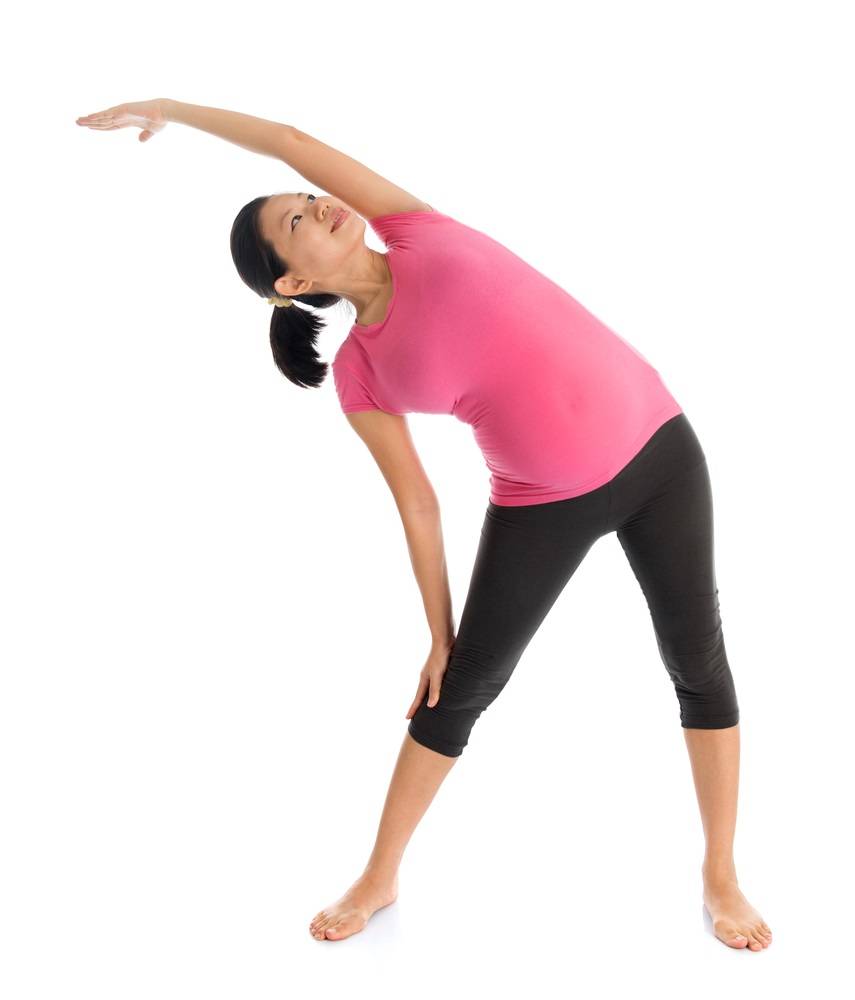
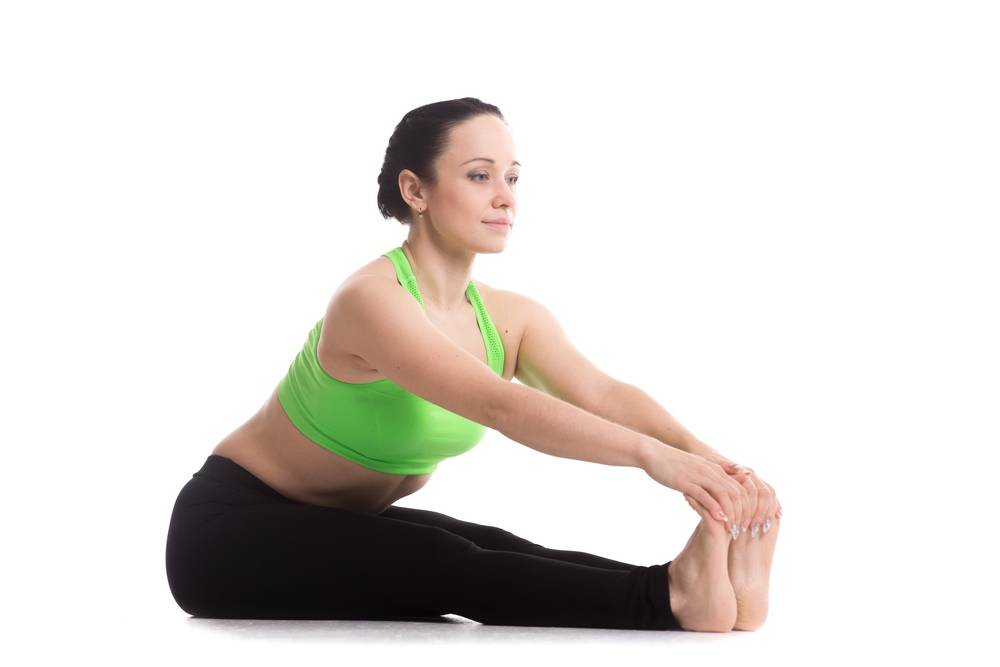
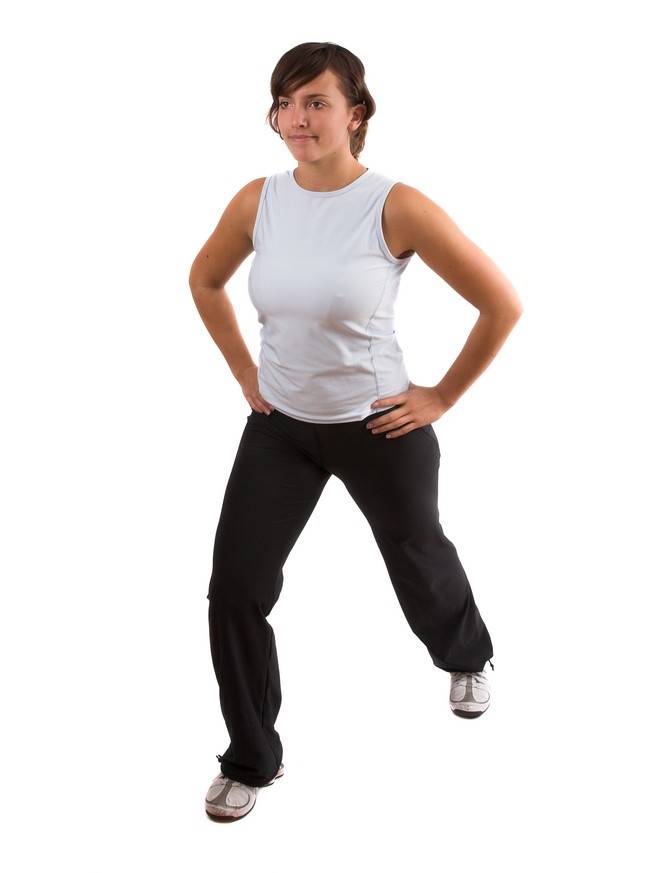
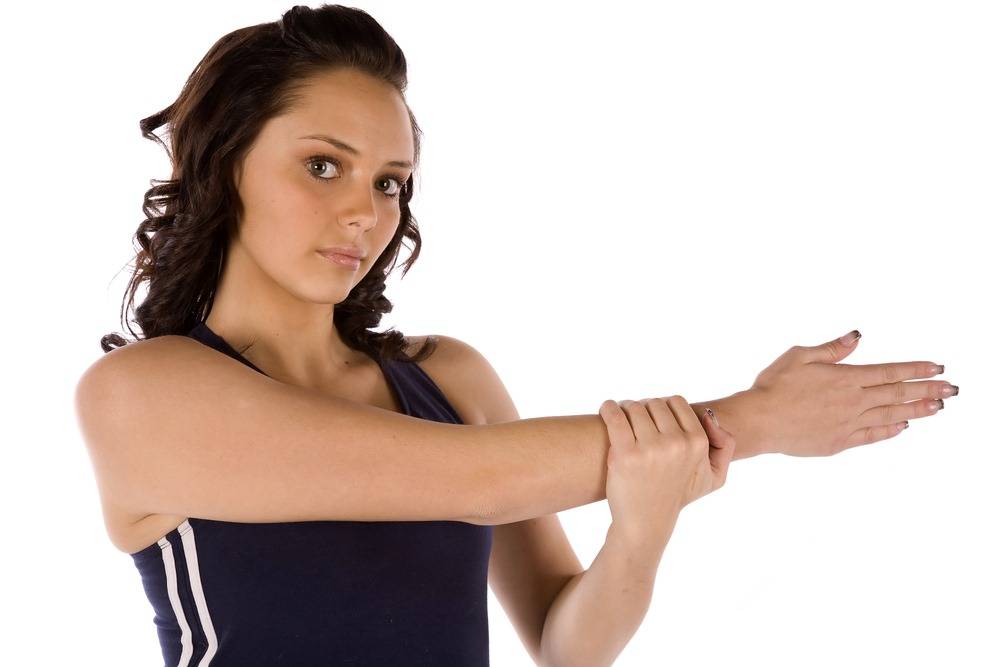
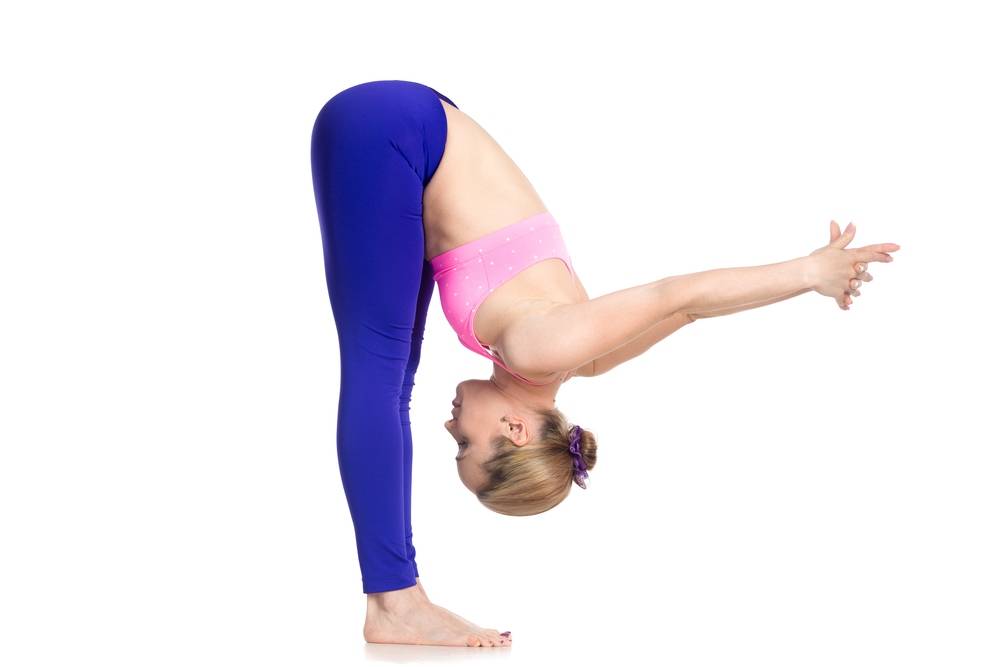

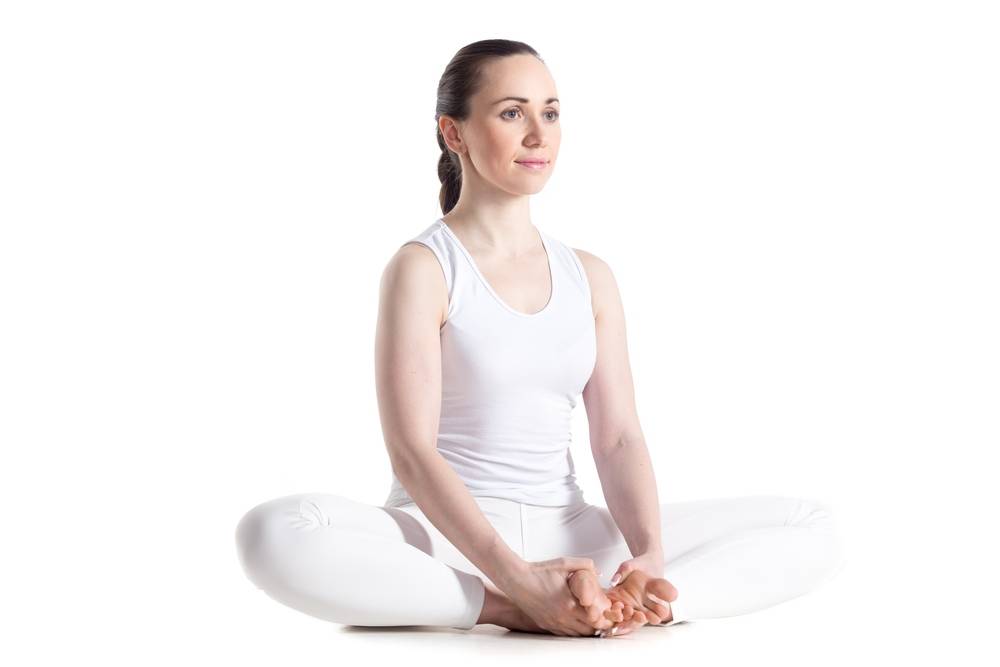
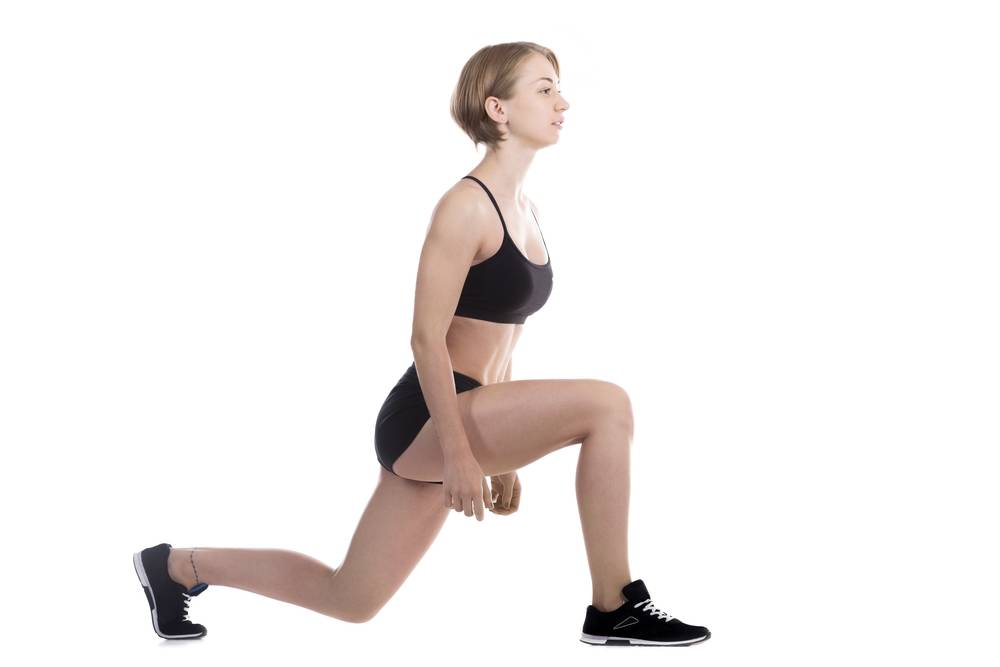
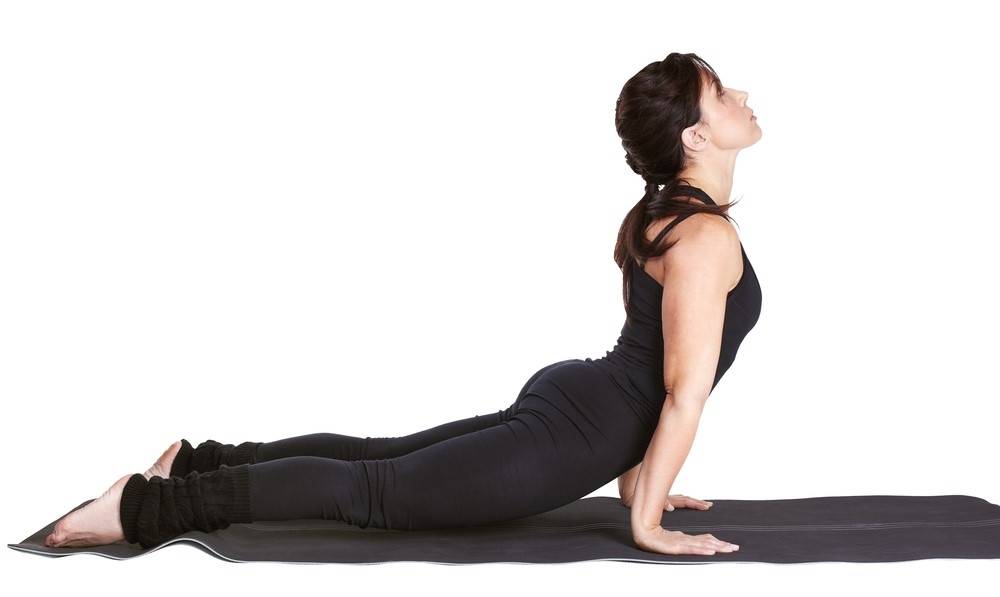
Welcome to the Rwabutaza Health & Fitness Club
Welcome to the Rwabutaza Health & Fitness Club family!
By joining us, you will have taken the first step on your fitness journey and we couldn’t be happier to walk with you on the path to achieve your health and fitness goals! A journey of a thousand miles starts with one step.
To register as a member of the Rwabutaza Health & Fitness Club, click on the Register button below.
